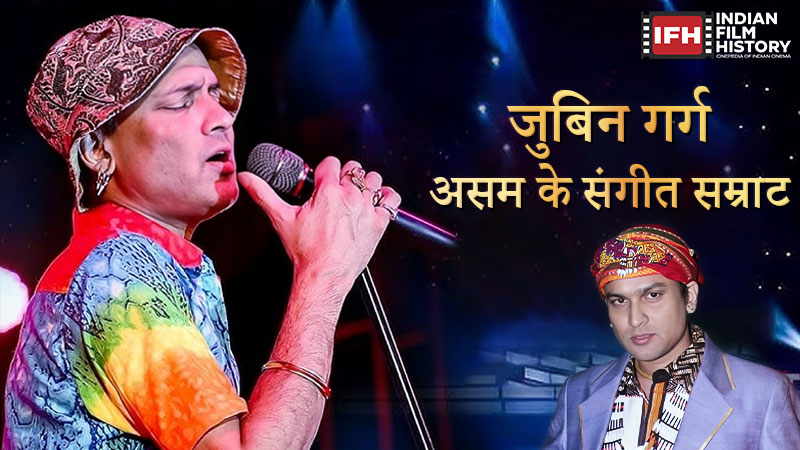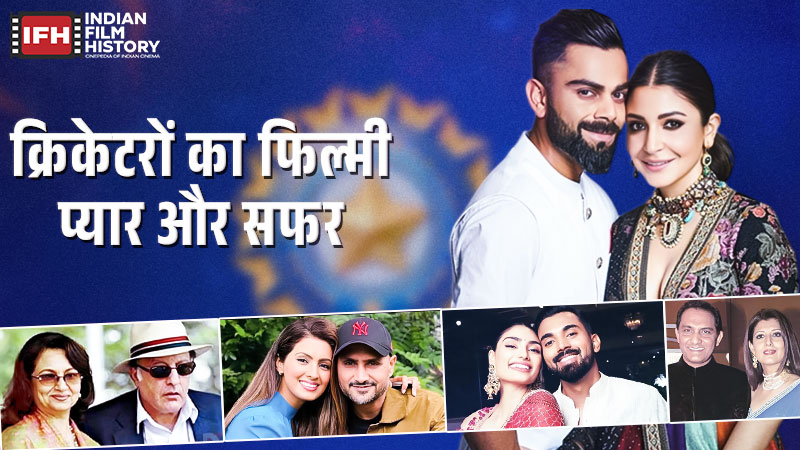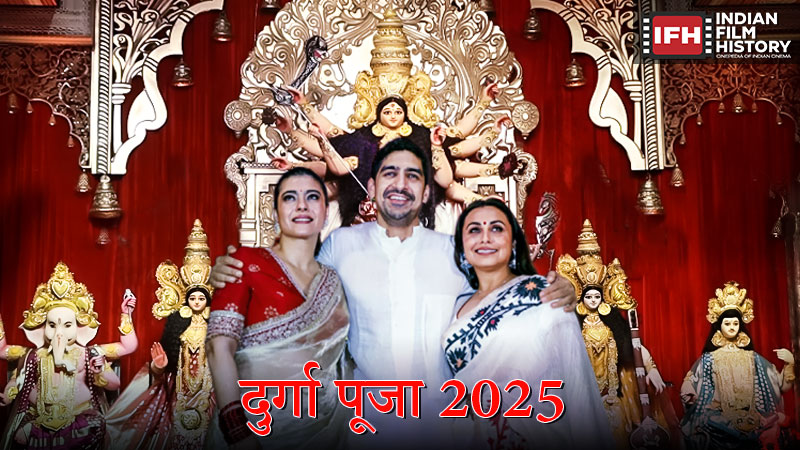Bollywood dance is a form of dance used in Hindi feature films. It is a concoction of abundant styles, including belly dancing, Kathak, jazz, contemporary, Western popular, etc. It is hard to define Bollywood dance because its actual definition, distribution, geography, and style are fluid. However, it is still identifiable owing to its peculiar characteristics. The international appeal of Bollywood dancing has existed for many decades. Originally it was found in parts of the Soviet Union and the Middle East, which were significant consumers of Indian movies. But later on, it became fashionable in Europe, the U.S., and Canada. Today there are several dance schools in major cities that teach this style.
Song and Dance in Indian films

The relationship between arts, theater, music and dance in South Asia is very strong. Unlike the West, where “music” is offered as a separate genre, South Asia finds it hard to conceive of films without a song, dance and music. Films made on the lines of Western concepts, without music and dance, are often marked as “art-films” and generally find little commercial success at the box office. This uninterrupted tradition of linking song, music, dance, art and theatre is perceptible all the way back to the Natya Shastra (circa 2nd-century BCE.)
Bollywood films are incomplete without song and dance. It will be reasonable to take a cursory glance at the different dance forms, but it would be difficult to draw any conclusion because dancing has evolved tremendously over the years.
Traditional Dance

Before the 1960s, films used to draw substantially on classical and folk dance. Since “classical dance” and “folk dance” are not homogenous and vary according to different regions, languages, and culture, it is difficult to classify them. Hindi and Urdu films were significantly influenced by “Kathak” and “mujara” – dances that were associated with tawaifs. Although you can find traces of their influences even today, the dance styles have been blended into contemporary art forms.
Choreography

A very demanding field, the choreography is largely out of the public eye, but never forget the fact that what actors and actresses perform on stage in front of the cameras, are wholly created by choreographers. The Hindi film industry has been lucky to be graced with many great talents lie B. Sohanlal (Sahib Bibi Aur Ghulam, Jewel Thief, Chaudhvin Ka Chand), Lachhu Maharaj (Mahal, Pakeezah, Mughal-e-Azam), Chiman Seth (Mother India), Krishna Kumar (Awaara, Madhosh, Andaaz), and a host of other artists.
With the advent of institutions, schools, technology, and dance forms, today there is several choreographers who have continued the tradition in their own style. The likes of Shiamak Davar (Taal, Bunty Aur Babli, Dil To Paagal Hai, Dhoom 2), Saroj Khan (Baazigar, Soldier, Veer-Zaara), Ahmed Khan (Rangeela, Pardes, Mere Yaar Ki Shaadi Hai), Raju Khan (Lagaan, Krrish), Vaibhavi Merchant (Dhoom, Swades, Rang De Basanti), Remo (Jo Bole So Nihal, Pyar Ke Side Effects, Waqt), and Farah Khan (Kabhi Khushi Kabhi Gham, Monsoon Wedding, Dil Chahta Hai) are some of the major choreographers.
Costumes & Attire

Dance is unfinished without costumes and attire. The most important element of song and dance sequences, costumes largely determine the “feel” that enables the dance to seep through the minds of audiences. The right costume can make the right difference and catapult the song to an altogether different level. In order to make dance sequences more unreal and surrealistic, one goes for attire and clothing suited for such dance forms. Costumes, like dance, also reflect the latest trends and styles, thus reinforcing the topicality of a dance number.
Romantic Songs and Duets

No quintessential Bollywood script is made without a song and dance sequence between the hero and heroine. As a general rule of thumb, the song and dance sequences between the hero and heroine are usually romantic numbers, playful tracks, or sad numbers. One may also find songs revolving around the festivities like Holi, Diwali, Raksha Bandhan, and even Ganeshotsav.
The romantic tracks have been the foundation stone of Hindi films since the first talkies. But dance has generally not been prevalent. Historically the hero and heroine used to loiter and wander around gardens singing songs. Closely affiliated with the romantic tracks are playful numbers. Although it is difficult to separate the romantic numbers from the playful songs, both comprising a hero and heroine expressing their undying love and adulation for each other, the latter are largely dance-based and involve some sort of choreography. In earlier times, the choreography was largely centered on trees and gardens, but nowadays, exotic foreign locations are used to shoot such songs.
The dance forms used for these playful numbers have varied and transformed over the years. Originally they were wrapped up in classical or folk dance, but today, Bollywood has manufactured its own corpus of styles. Shammi Kapoor was known for his random spastic jerks and jumping; Jeetendra for his signature movements involving legs. Today, there is a set of dance moves clearly identifiable and distinct in their own style.
Erotic Dance

Dances were often embedded in attempted seduction scenes. This style would, of course, diverge according to the established norms, but they were always titillating.
Undeniably the artistic high point in the liberation of eroticism in Bollywood films was the development of the “item number.” The item number works like this way: bring in a less important girl (known as the “item girl”) who is capable of acting, singing, and dancing in an erotic manner, often for only one piece. This introduces the erotic constituent yet maintains the heroine’s diffidence.
It is appealing to note the way storylines, item numbers, and dance have been handled over the years. In the early days, the hero just happened to go to a mehfil (gathering) where a tawaif (dancer-cum-prostitute) was performing. This obviously had nothing to do with story expansion, but it was an opportune way to implant the item number into the film.
In this early period, the item number would normally gyrate around a kathak style of dance. However true to Bollywood form, this kathak piece would not unavoidably be good kathak, but was the significantly more suggestive mujara variety.
This method of introducing the item number proved to be a very practical and popular approach; in the 1960s this evolved into the cabaret number. Dramatically, this required nothing more than having the hero go to a cabaret instead of going to mehfils. Since Indian society was becoming a little bit more relaxed, it was not unusual to find the hero and heroine going to a cabaret together.
Bollywood dancing and its forms have been on the ascendency in domestic and international markets. Much of the credit can be attributed to the ever-augmenting Indian diaspora, but a noteworthy chunk also comes from the non-Indian population.




Leave a Comment